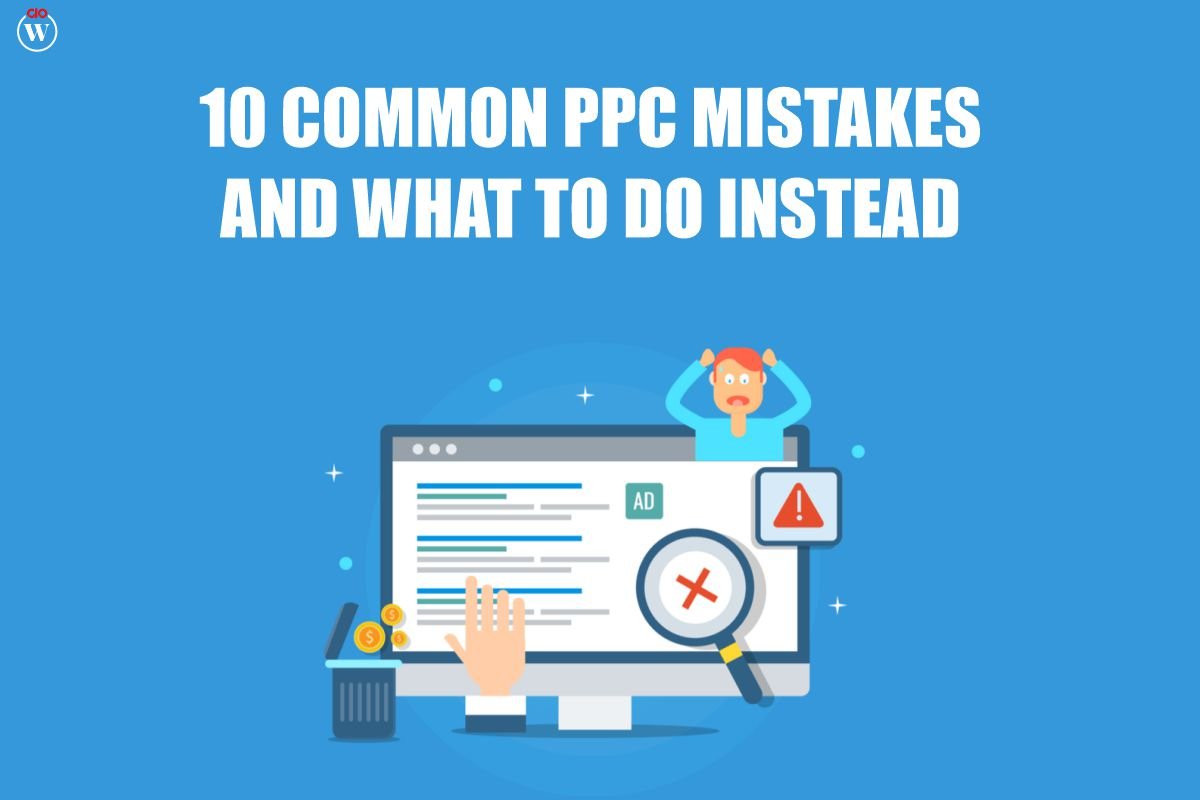In today’s digital age, having a strong online presence is crucial for businesses of all sizes. A domain name is a critical component of that online presence, serving as the address for a business’s website and online brand. Unfortunately, many businesses find themselves in a situation where their desired domain name is already registered and being used by someone else. In these cases, it may be possible to legally fight for the domain name. In this article, we will explore the steps businesses can take to legally fight for a domain name.
Here are the steps businesses can take to legally fight for a domain name;
1. Understand the legal basis for a domain name dispute
The first step in the fight for a domain name is to understand the legal basis for a dispute. Domain name disputes typically arise when a third party registers a domain name that is identical or similar to a trademarked name, brand name, or business name. In these cases, the business or trademark owner may have legal grounds to dispute the domain name registration under the Uniform Domain-Name Dispute-Resolution Policy (UDRP) or the Anti-Cybersquatting Consumer Protection Act (ACPA).
The UDRP is a dispute resolution process established by the Internet Corporation for Assigned Names and Numbers (ICANN) to provide an efficient and cost-effective way to resolve domain name disputes. Under the UDRP, a trademark owner can file a complaint against a domain name registrant for registering a domain name that is identical or confusingly similar to the trademark owner’s name or mark. If the complaint is successful, the domain name can be transferred to the trademark owner.
The ACPA is a federal law that provides legal recourse for trademark owners against cybersquatters, who register domain names that are identical or confusingly similar to a trademarked name or mark, with the intention of profiting from it. Under the ACPA, trademark owners can file a lawsuit to recover damages or obtain a court order transferring the domain name to the trademark owner.
2. Gather evidence of your rights to the domain name

To successfully fight for a domain name, you must demonstrate that you have a legal right to the name. This can include trademark registration, evidence of common law trademark rights, evidence of prior use of the name in commerce, or other evidence of ownership or control over the name. The strength of your evidence will depend on the specifics of your case.
3. Attempt to resolve the dispute through negotiation
Before pursuing legal action, it may be possible to resolve the dispute through negotiation. This can involve contacting the domain name registrant and attempting to negotiate a transfer of the domain name. You may be able to persuade the registrant to transfer the domain name by offering to pay a fair price for it or by demonstrating the strength of your legal case.
4. File a complaint under the udrp
If negotiation is unsuccessful, the next step is to file a complaint under the UDRP. To file a UDRP complaint, you must demonstrate that the domain name registrant has registered a domain name that is identical or confusingly similar to your trademark or business name and that the registrant has no legitimate interest in the domain name.

The UDRP complaint must be filed with an approved dispute resolution provider, such as the World Intellectual Property Organization (WIPO) or the National Arbitration Forum (NAF). The complaint must include detailed evidence of your rights to the domain name and the registrant’s lack of legitimate interest in the name.
The domain name registrant will have an opportunity to respond to the complaint and may provide evidence to support their registration of the domain name. The dispute resolution provider will then make a decision based on the evidence presented by both parties. If the decision is in your favor, the domain name will be transferred to you.
5. File a lawsuit under the ACPA
If the UDRP process is unsuccessful or not applicable, the final option to fight for a domain name is to file a lawsuit under the ACPA. A lawsuit can be filed in federal court against the domain name registrant for registering a domain name that is identical or confusingly similar to your trademark or business name, with the intent to profit from it.
To succeed in an ACPA lawsuit, you must demonstrate that the domain name registrant acted in bad faith in registering the domain name. This can include evidence that the registrant had no legitimate reason to register the domain name, that they offered to sell the domain name to you at an inflated price, or that they used the domain name to divert customers from your website.
If successful, the court may order the transfer of the domain name to you or award damages for any harm caused by the registrant’s actions.
6. Protect your domain name in the future
Once you have successfully obtained a domain name or resolved a domain name dispute, it is important to take steps to protect your domain name in the future. This fight for a domain name can include regularly monitoring domain name registrations for any similar or identical names, registering variations of your domain name, and registering your domain name in multiple top-level domains (such as .com, .net, and .org).

Additionally, it is important to ensure that your trademark registrations are up to date and cover all relevant jurisdictions. This will help to establish your legal rights to your business name or mark and provide a stronger basis for any future domain name disputes.
Bottom line
Fight for a domain name can be a challenging and time-consuming process, but it is important for businesses to protect their online presence and brand identity. Understanding the legal basis for a domain name dispute, gathering evidence of your rights to the domain name, attempting to resolve the dispute through negotiation, and pursuing legal action if necessary are all key steps in successfully fight for a domain name. By taking proactive steps to protect your domain name in the future, you can ensure that your online presence remains strong and secure.
Also read: How To Find A Good Domain Name Registrar?









